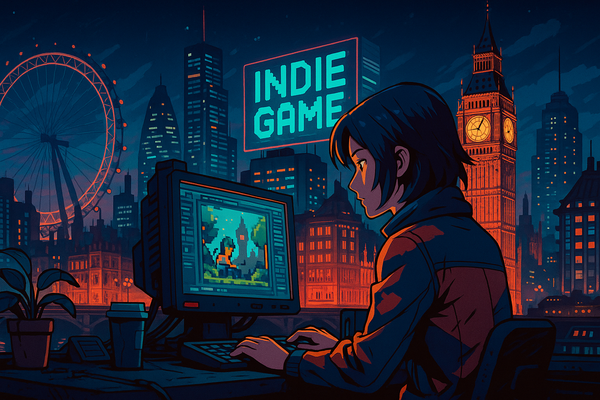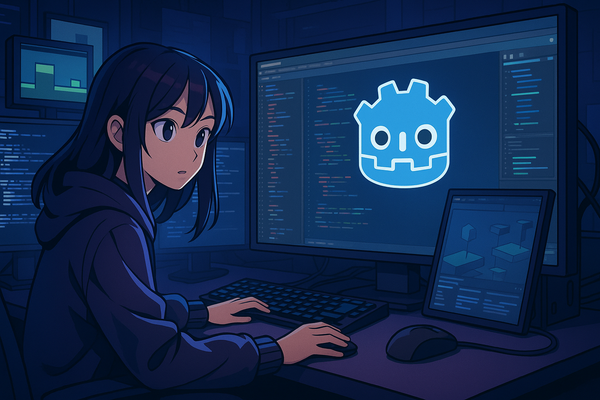Why collaboration is better than hierarchy in indie game development
In the highly creative and dynamic world of indie game development, how a team is structured and how decisions are made can significantly impact the success of a project. Traditional hierarchical structures, where decisions flow from the top down, have long been the standard in many industries. However, the nature of game development, particularly within indie teams, often requires a more flexible and collaborative approach. Here’s why collaboration often proves more effective than rigid hierarchies in the realm of indie game development.
The drawbacks of hierarchical structures
Hierarchical structures are characterized by a clear chain of command where authority and decision-making are centralized at the top. While this model can provide order and clear directives, it also comes with several drawbacks, especially in a creative environment like game development:
- Decision-Making bottlenecks: Hierarchical structures often result in slower decision-making processes. Approvals and directives must pass through various levels, which can delay the implementation of new ideas or adjustments. In the fast-paced world of game development, where agility is crucial, these delays can hinder progress and innovation(Starloop Studios,Top Talent Hub).
- Stifled creativity: In a top-down structure, creative input from lower levels may be undervalued or ignored, leading to a stifled flow of ideas. When team members feel their contributions are not taken seriously, they may become disengaged, leading to a less innovative product(ProofHub,Top Talent Hub).
- Reduced team morale: Hierarchical structures can lead to lower morale among team members who feel disconnected from the decision-making process. When decisions are made without consulting those directly involved in the work, it can result in a lack of ownership and decreased motivation, negatively impacting the quality of the final product(Top Talent Hub).
The advantages of a collaborative approach
Collaboration involves engaging all team members in the decision-making process, leveraging their diverse perspectives and expertise. This approach offers several advantages that are particularly beneficial in indie game development:
- Enhanced innovation: Collaboration encourages the free flow of ideas, leading to more innovative solutions. When team members are empowered to contribute creatively, they are more likely to propose novel concepts and approaches that can set the game apart in the competitive market(ProofHub,Top Talent Hub).
- Agility and flexibility: Collaborative environments are inherently more agile, allowing teams to make decisions quickly and adapt to changes or challenges as they arise. This flexibility is essential in game development, where market trends and player feedback can necessitate rapid adjustments(ProofHub,Perforce).
- Empowerment and ownership: By involving team members in decision-making, collaboration fosters a sense of ownership and responsibility. When everyone feels their voice is heard and valued, they are more committed to the project’s success, leading to higher quality work and a more cohesive final product(Starloop Studios,Top Talent Hub).
- Stronger team dynamics: Collaboration builds stronger relationships within the team, promoting mutual respect and trust. This positive team dynamic can lead to more effective problem-solving and a more enjoyable work environment, which are crucial for sustaining long-term projects(ProofHub,Perforce).
Implementing collaboration in indie development
To successfully implement a collaborative approach in indie game development, consider the following strategies:
- Adopt agile methodologies: Agile frameworks like Scrum or Kanban facilitate collaboration by breaking down the development process into manageable tasks and encouraging continuous communication and feedback. This approach helps keep the team aligned and responsive to changes(Starloop Studios,Perforce).
- Regular team meetings and open communication: Encourage regular team meetings where ideas can be shared openly. This not only fosters collaboration but also ensures that everyone is on the same page regarding project goals and progress(Top Talent Hub).
- Use collaborative tools: Leverage project management and communication tools like Slack, Trello, or Jira to enhance collaboration. These tools allow team members to share ideas, track progress, and communicate effectively, regardless of their location(Top Talent Hub,Perforce).
- Foster a culture of open feedback: Create an environment where feedback is welcomed and encouraged. This helps the team continuously improve and ensures that any issues are addressed promptly, keeping the project on track(ProofHub,Top Talent Hub).
The strategic advantage of collaboration
While hierarchical structures have their place, collaboration offers a more effective approach for indie game development. By fostering a collaborative environment, teams can enhance creativity, increase agility, and build stronger, more cohesive projects. In the competitive and ever-evolving landscape of indie games, collaboration not only leads to better outcomes but also creates a more fulfilling and rewarding experience for everyone involved.




